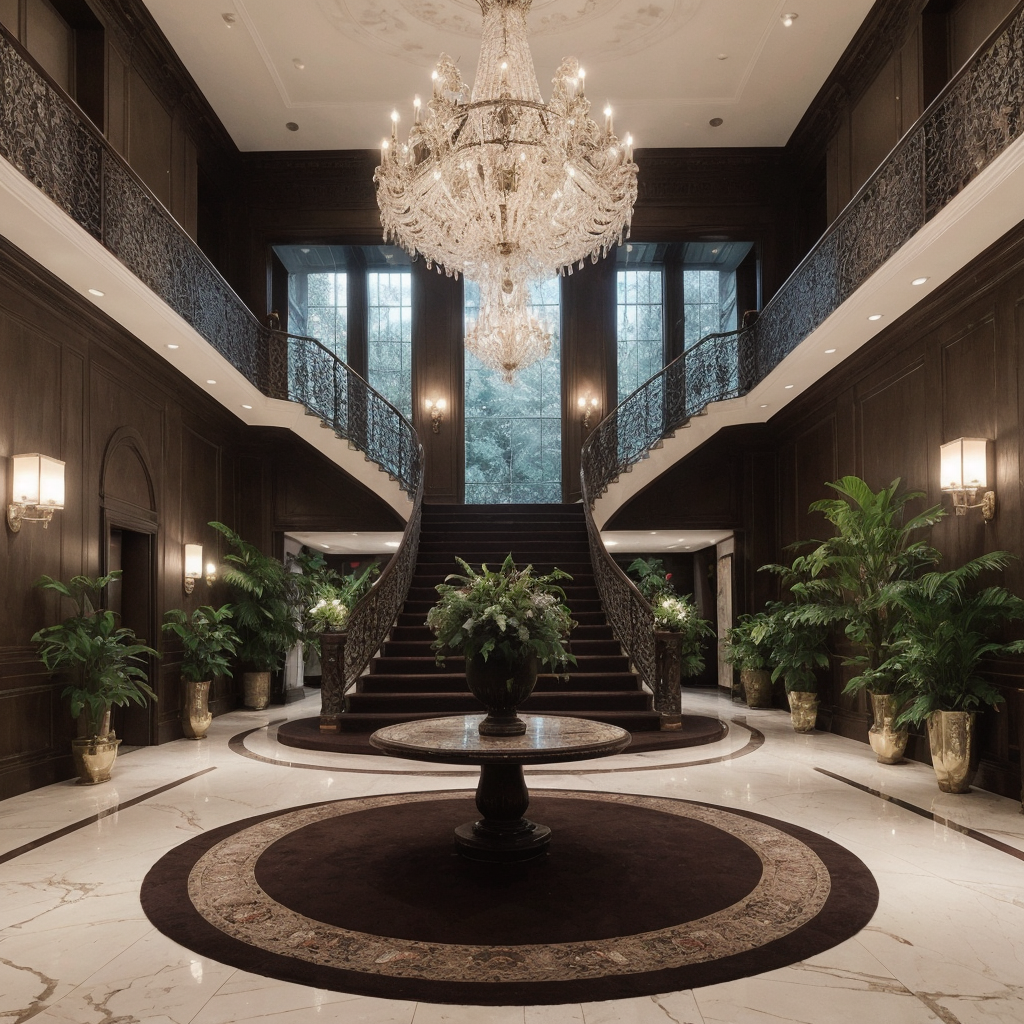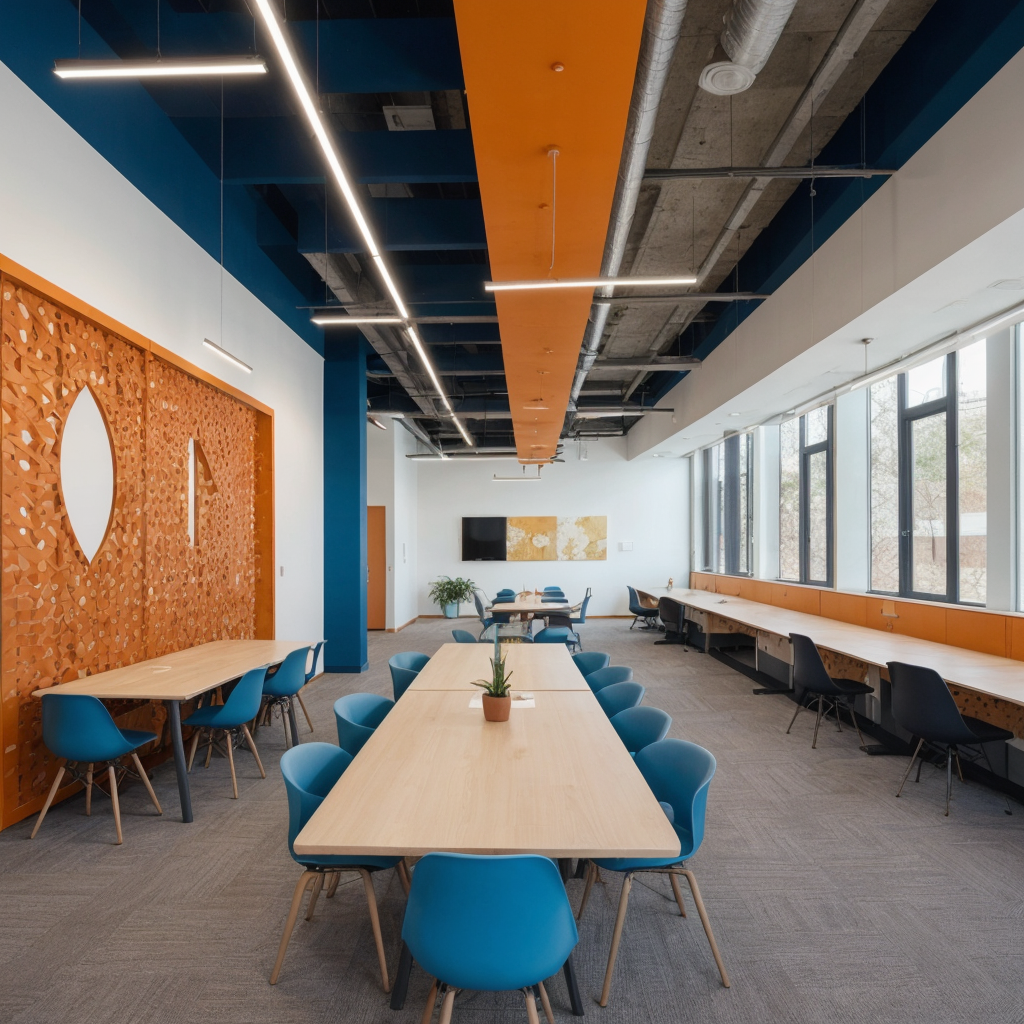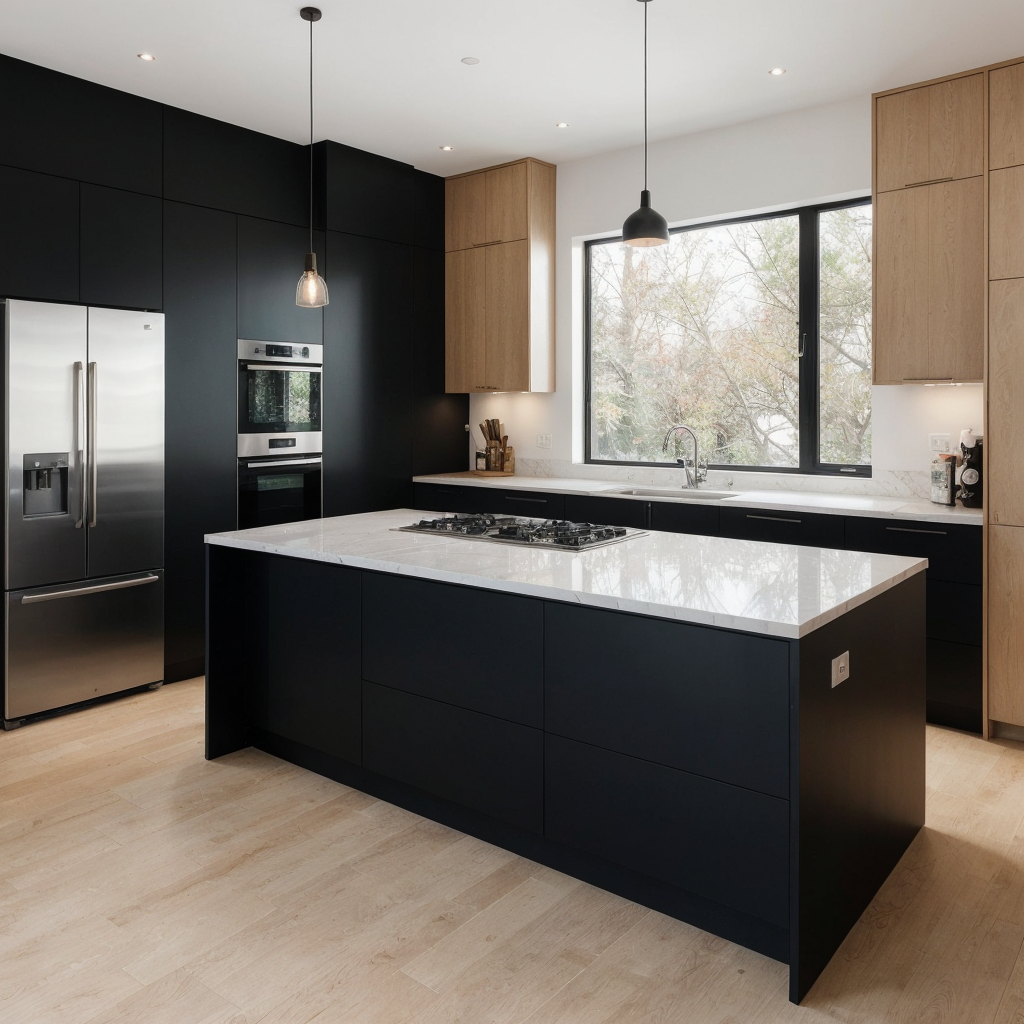Medium Density Fiberboard (MDF) has long been celebrated for its versatility and durability in the world of construction and furniture design. Once primarily used in the creation of sturdy yet affordable cabinetry and storage solutions, MDF is now experiencing a renaissance in the world of modern interior design. As technology advances, so too does the adaptability of MDF, allowing it to be transformed into various decorative forms that challenge its humble beginnings.
In this blog post, we will explore the transformation of MDF from a functional material to a modern design essential. Discover its diverse applications in both residential and commercial spaces and see how cutting-edge treatments have made MDF a stylish and sustainable choice for contemporary interiors.
The Evolution of MDF Panels
Medium Density Fiberboard (MDF) originated in the United States in the 1960s as a solution for utilizing wood waste. It quickly became valued for its uniformity, which natural wood lacks, allowing for more predictable and versatile applications in manufacturing and design.
Technological advancements over the decades have significantly enhanced MDF’s properties. By the 1980s and 1990s, developments in resin technologies and pressing processes improved its moisture resistance and durability, expanding its use to more demanding environments like kitchens and bathrooms.
More recently, the advent of digital printing and CNC routing has transformed MDF from a base material to a decorative element capable of bearing intricate designs and textures. Environmental improvements have followed, with many manufacturers now using recycled wood fibers and low-formaldehyde resins to reduce environmental impact.
Today, MDF is not only seen as a practical, cost-effective material but also as an integral part of modern, sustainable design, adaptable to both personal and commercial applications.
Design Ideas and Inspiration
Residential Applications
In residential design, the use of MDF panels extends from the kitchen to the bedroom, offering a blend of aesthetics and functionality.
Living Rooms
MDF can be utilized for elaborate wall panels that are both cost-effective and easy to install. These panels can be painted, carved, or layered to create depth and interest. The main advantage here is the ability to achieve a high-end look without a hefty price tag, making it a popular choice for budget-conscious homeowners looking to add a touch of luxury.
Kitchens
MDF proves invaluable for cabinetry. Its ability to withstand warping, coupled with its smooth surface, makes it ideal for sleek, modern cabinets that are durable and stylish. The panels can be covered with laminate or veneer, offering endless color and texture possibilities that meet the demands of any color palette.
Commercial Applications
MDF panels shine in commercial spaces where both aesthetics and durability are crucial
Retail Environments
Medium-density fiberboard serve as an excellent backdrop for merchandise, displaying an immaculate and customizable surface that enhances product visibility. The panels' robustness means they can withstand the high traffic typical of commercial settings, reducing the need for frequent replacements.
Hospitality Spaces
Hospitality spaces like hotels and restaurants benefit from MDF's versatility in creating themed environments or chic, understated décors. Its ease of maintenance and ability to mimic more expensive wood types or finishes allow for stunning interiors that stand the test of time without breaking the bank.
Innovative Uses
MDF’s adaptability is perhaps best displayed in its more innovative applications.
3D sculpted panels have become a focal point in avant-garde design, with MDF providing a cost-efficient medium for artistic expressions that are both tactile and visually appealing. When combined with strategic lighting, these panels create dramatic effects that can define a space’s atmosphere.
In addition to sculptural uses, digital printing on MDF opens up a realm of customization previously limited to more costly materials. This process allows for detailed, vibrant patterns that can be tailor-made to suit any design scheme, enhancing the unique character of any room.
How to Match MDF Panels with Different Decor Styles
Medium Density Fiberboard (MDF) panels are not only versatile and cost-effective but also an excellent choice for anyone looking to enhance their space with a modern twist. Whether you are updating a single room or undertaking a major renovation, MDF panels can be integrated into a variety of decor styles. Below are some effective ways to match these innovative panels with different interior designs:

Minimalist
Minimalism is all about simplicity and clean lines. MDF panels are perfect for this style due to their smooth finish and the ability to paint in any color. Opt for monochromatic panels in shades of white, grey, or black to maintain the minimalist aesthetic. You can also use subtle textures to add depth without overwhelming the space. For a truly sleek look, consider custom-cut panels that fit precisely into your space, creating seamless continuity.
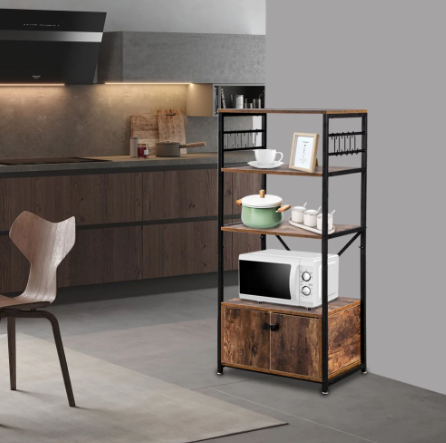
Industrial
The industrial design style often incorporates elements that look unfinished yet chic. MDF panels can be utilized to mimic the look of raw materials like concrete or oxidized metal. Choose panels with a raw, textured finish and darker, matte colors to complement metal fixtures and exposed brick elements in your interior. MDF can also be used to create faux beams or columns that add to the robust, industrial feel without the weight or cost of real steel.
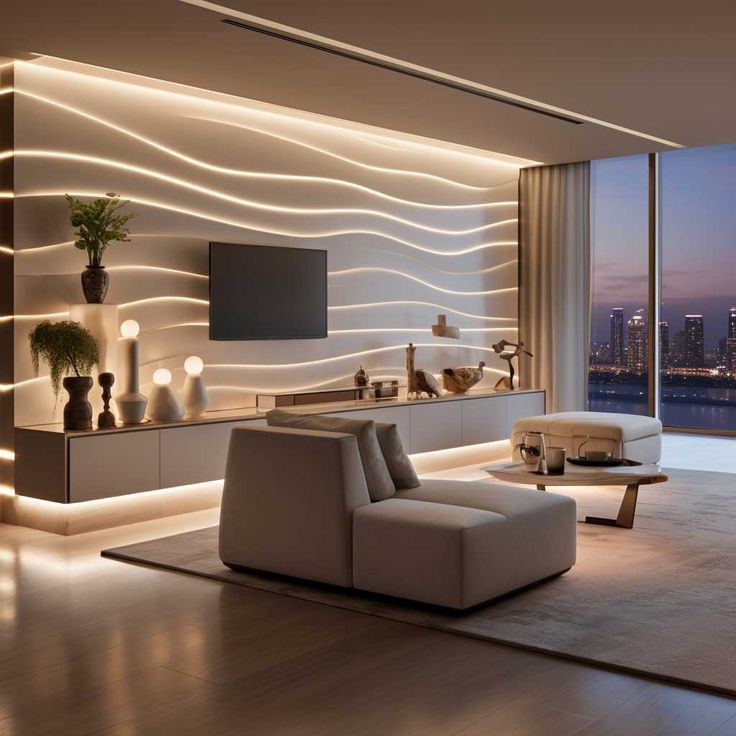
Contemporary
Contemporary decor is dynamic and evolves with current trends, making MDF panels a perfect fit due to their adaptability. High-gloss or lacquered MDF panels can add a touch of elegance and luxury, reflecting light and making spaces appear larger and brighter. Opt for bold, vibrant colors to make a statement or neutral tones with geometric patterns for a subtler approach. Mixing and matching different finishes and sizes can also help create a unique, modern look that keeps your space feeling fresh and stylish.
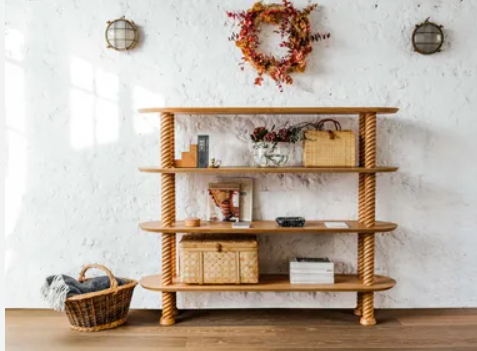
Scandinavian
Scandinavian style is characterized by functionality, simplicity, and the beauty of natural elements. MDF panels in light wood tones such as pine or birch can enhance the natural, airy feel of Scandinavian interiors. You can also choose panels with minimal texture to maintain the clean and serene ambiance that is signature to this style. Pairing these panels with pastel colors and functional furniture will help create a cozy, inviting environment.
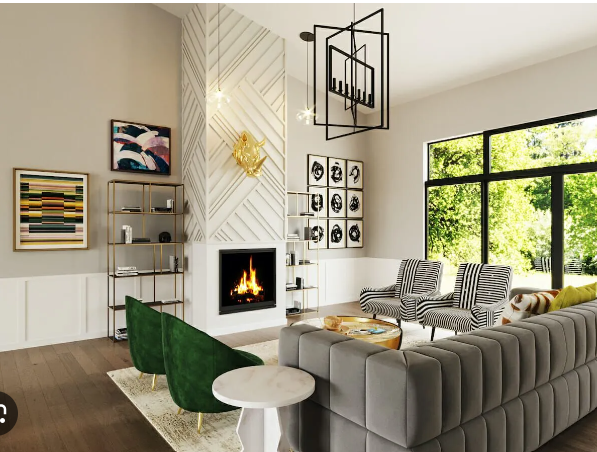
Eclectic
Eclectic style is for those who enjoy a mix of patterns, colors, and textures. MDF panels are ideal for this vibrant decor style because they can be customized in numerous ways. Experiment with boldly painted panels, intricate cut-outs, or even 3D textures to add an element of surprise to your decor. The key to mastering this style with MDF is balance; coordinate your panels with other elements in the room to avoid visual clutter and create harmony.
Conclusion
MDF panels are more than just a material for practical applications—they are a cornerstone of modern design innovation. With their unparalleled versatility, ease of customization, and cost-efficiency, MDF panels provide an excellent option for anyone looking to add a touch of sophistication and durability to their space. Whether you’re tackling a DIY project or planning a professional renovation, consider MDF panels for a modern look that combines beauty with functionality.
Have you used MDF panels in your own projects? Share your experiences and photos in the comments below, or contact us if you need more ideas on how to use MDF panels creatively in your next design project. Let’s transform spaces together!

